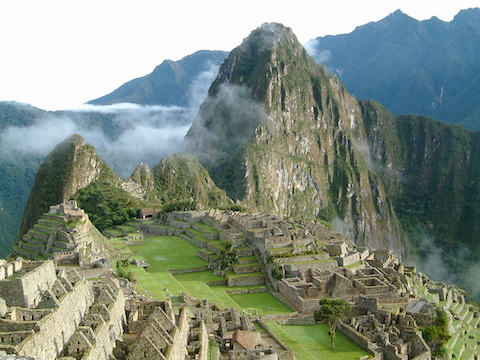
Machu Picchu, the Incan city built on a jagged mountain peak, is so remote that the Spanish conquistadors never found it. It’s difficult to get to, even today.
We’ve long wondered why the Inca built it there. New research suggests they chose the site because it’s on the intersection of fault lines.
That would seem like a terrible place to build any city! But the Inca had good reasons.
The faults would have fractured the rocks there, making it easier for the Inca to dig and build flat terraces on which they built their structures and farmed their crops.
The fractured rocks were also easier to shape into the precise blocks they used to build their earthquake-resistant architecture: thick, backward-sloping walls with small, trapezoidal windows.
The faults drained water away from the site in this area prone to flash floods. But they also carried water to it from higher mountain ranges, important because between floods, there was often little water.
In fact, scientists believe that’s how the Inca found the faults in the first place: by following water seeps and drainages in the valley farther up into the mountains, to the place the faults intersected.
We’ve come to realize that one reason for the Inca’s remarkable success in the difficult Andean environment was a keen understanding of its fault systems.
Perhaps it’s not surprising then, that Cusco and several of their other cities were also built near fracture zones.
Background
Synopsis: The Inca were amazing architects, engineers, and astronomers, but did you know they were also pretty good geologists? They located their crowning achievement, Machu Picchu, at the intersection of two regional fault trends, an act that simplified the building and engineering of their amazing and precipitous sanctuary. Several of their other cities were also deliberately located where geological fault zones cross.
- Machu Picchu is located at an elevation of 7,970 ft (2,430 m) on a remote, narrow ridge in the Andes Mountains high above Peru’s Urubamba Valley, 50 mi (80 km) northwest of the ancient Inca capital at Cusco.
- The Inca Empire stretched from Ecuador to Chile and was connected by more than 25,000 mi (40,000 km) of mountainous roads.
- Yale professor Hiram Bingham III discovered Machu Picchu completely covered in vegetation while searching for another Inca site in 1911.
- In 1981, it was declared a Peruvian Historic Sanctuary; in 1983, it became a UNESCO World Heritage Site; and in 2007, it was named as one of the New Seven Wonders of the World in a global internet poll.
- It is not very easy to get to Machu Picchu, even today. First you must travel to Cusco, then you can take a train for 2 to 3 hours, or take a minibus for a day or two to reach the nearby town of Aguas Calientes, from which you can catch the final leg on a public bus. Or you can take a four-day (or longer) trek through the mountains.
- Despite the difficult access, more than 1.5 million people visited Machu Picchu in 2018—that’s around 4,300 people per day.
- Machu Picchu was constructed in the fertile Urubamba Valley along the border of the Inca kingdom as a royal retreat for the ruler Pachacuti Inca Yupanqui around 1450 AD.
- By the time it was built, humans had practiced agriculture in the Urubamba Valley for more than 2,200 years, as early as 760 BC.
- Several buildings on the site appear to have been sanctuaries for worship and astronomical observation. Other buildings were palaces, dwellings, and storehouses.
- In its heyday, the site’s population ranged from 300 to 1,000, including royal family members, specialized artisans, and top political and religious advisors.
- On three sides of the royal city, near-vertical cliffs drop 1,500 ft (450 m) to a bend in the Urubamba River, while the other side is blocked by an impassible mountain.
- There were only two entrances to the city, the Sun Gate and the Inca Bridge, and both were highly defensible.
- Perfectly integrated into the steep terrain, Machu Picchu was so well hidden that the Spanish conquistadors never found it.
- It was not designed as a military site and there is no evidence of battle, but it was abandoned about 100 years after it was built, during the Spanish conquest that resulted in the fall of the Inca Empire.
- Archaeologists have long wondered how the Inca built a sanctuary like this on such an inaccessible, precarious perch. Geologists now have some ideas.
- Recently, geologists used field measurements and satellite imagery to map networks of fractures, faults, and regional lineaments that intersect at Machu Picchu.
- These faults and fractures formed during the building of the Andes Mountains over the past 8 million years and can reach up to 109 mi (175 km) in length.
- There are two dominant crosscutting sets of faults that run 55° (northeast–southwest) and 330° (northwest–southeast) in the shape of an X, and a third trend at 20°. In places, they control the course of the river.
- The major buildings and residential areas of Machu Picchu as well as terraced agricultural fields are oriented along these fault trends.
- The Inca built other cities at fault intersections too, including Cusco, Pisac, and Ollantaytambo, indicating this was a deliberate strategy to take advantage of the geological features.
- As master stonemasons, the Inca were able to use boulders that were naturally fractured, reducing the amount of rock working required for building.
- Concerned about frequent Andean seismic activity, the Inca did not use mortar. Instead, they used the mortarless ashlar building technique, fitting stones together so perfectly that even a credit card can’t fit into the joints.
- They also used stabilizing features like trapezoidal windows and walls, inclined walls, and rounded corners to minimize damage from earthquakes.
- No wheels or iron tools were used in the building of Machu Picchu. Some rocks show the vestiges of handles that were used to move them into place, then broken off.
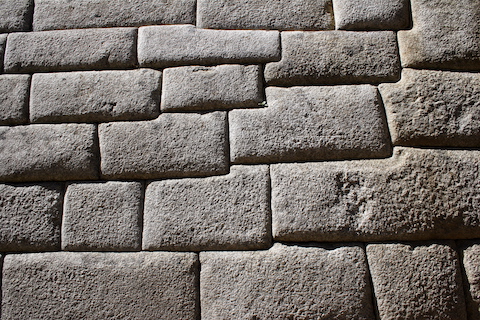
- Machu Picchu is an amazing testament to Incan architecture and engineering.
- More than 600 terraces for growing maize and potatoes surround the city like huge staircases. These were designed to prevent erosion and landslides on the steep slopes by retaining water in layers of topsoil, dirt, sand, and stone.
- Temples around the city are oriented to catch the rising sun, and rooflines reflect the slope of the adjacent mountain, Huayna Picchu.
- The intersecting fracture systems delivered freshwater from snowmelt and precipitation to Machu Picchu.
- Reservoirs and canals throughout the city also prevented flooding and fed irrigation water to the terraces.
- The emperor even had a private toilet.
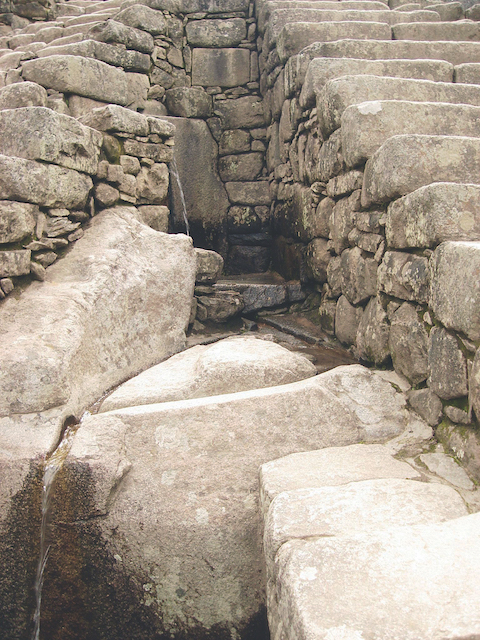
- As accomplished astronomers, the Inca oriented some of Machu Picchu’s buildings specifically to capture the light of astronomical events.
- On the winter solstice (June 21 in the Southern Hemisphere), a rectangular beam of light shines from a window onto a slab of granite in Machu Picchu’s Temple of the Sun.
- Inti Mach'ay, a cave enhanced with beautiful masonry, was used to observe the December summer solstice sunrise while boys of noble birth were initiated into manhood with an ear-piercing ritual.
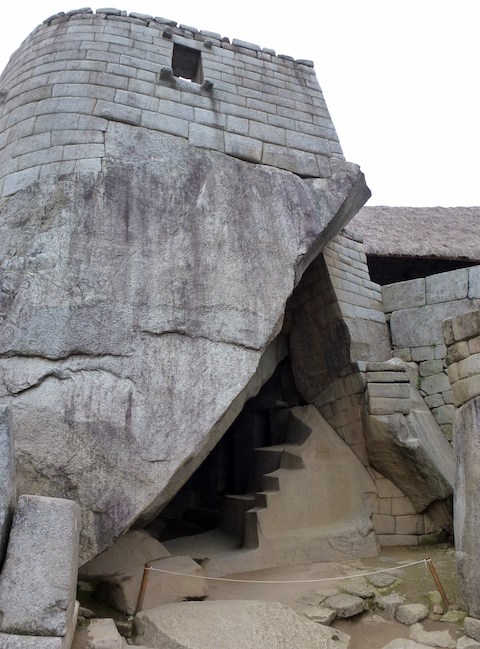
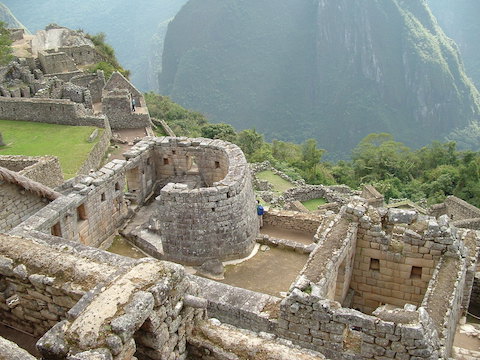
- Like other ancient civilizations, the Inca were accomplished engineers and scientists, full of pragmatic wisdom.

